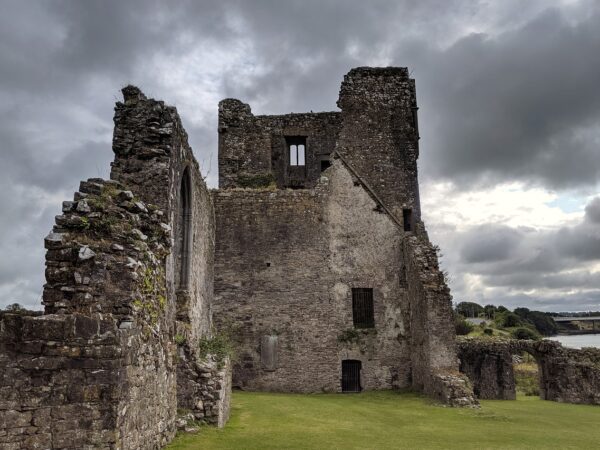During the American Civil War, tens of thousands of Irish immigrants fought against each other on the side of federal or Confederate forces. But when the war ended in 1865, a plan emerged among the leaders of the Irish Republican Brotherhood (IRB, the organization that fought to free Ireland from the English yoke) to use Civil War veterans to liberate the homeland. One group of IRB members, led by John O’Mahony, proposed a landing in Ireland itself. Another group, led by William Randall Roberts, proposed invading Canada, then part of the British Empire, capturing it and then trading it for Irish independence. Proponents of the Canadian option stressed that their offensive could count on the support of the French and Irish living in Canada. It is noteworthy that the U.S. government was not without sympathy for the conspirators’ plans. Politicians in Washington had not yet forgotten London’s assistance to the rebellious states of the South. U.S. President Andrew Johnson assured the IRB leaders that the American government would “recognize a fait accompli.
Unfortunately for the Irish, the plans of both factions of the IRB were uncovered by a provocateur. Anticipating an invasion on St. Patrick’s Day, March 17, 1866, British authorities mobilized 10,000 volunteers to guard the Canadian border. Six British warships patrolled the Canadian coast. However, the day, a favorite holiday of millions of alcoholics around the world, passed peacefully. The Irish invaded Canada on June 1, 1866. A corps of 1,300 men under the command of General O’Neill crossed the Niagara River near Buffalo and occupied several Canadian border villages. The Canadian militia from Toronto and Hamilton, raised on alert, was defeated and lost about 50 men killed and wounded. But as early as June 3, the Irish were attacked by 5,000 British soldiers and 10,000 Canadian volunteers and were forced to retreat across the American border. Attempts by other Irish units to cross the U.S.-Canadian border were foiled by American troops. It is interesting to note that the Irish forces included a detachment of 500 Mohawk Indians and 100 black Civil War veterans.
On June 6, 1866, the Irish made another attempt to invade Canadian soil. They crossed the St. Albans and Vermont rivers and captured the villages of Freeligsburg, St. Armand, Slab City and East Stenbridge before being driven back. By then, President Johnson, fed up with the little war on the northern frontier, had forbidden IRB leaders to undermine U.S. neutrality. The British, in turn, claimed $15 million in reparations from U.S. authorities for the damage caused by the Irish invasion.
Over the next four years, small bands of Irishmen invaded Canada on numerous occasions. The last major invasion took place in May 1870. Several thousand heavily armed Irish Civil War veterans under the command of General O’Neill crossed the border near Franklin, Vermont. After the failure of this attack, the IRB leadership ordered an end to the attempt to invade Canada.
